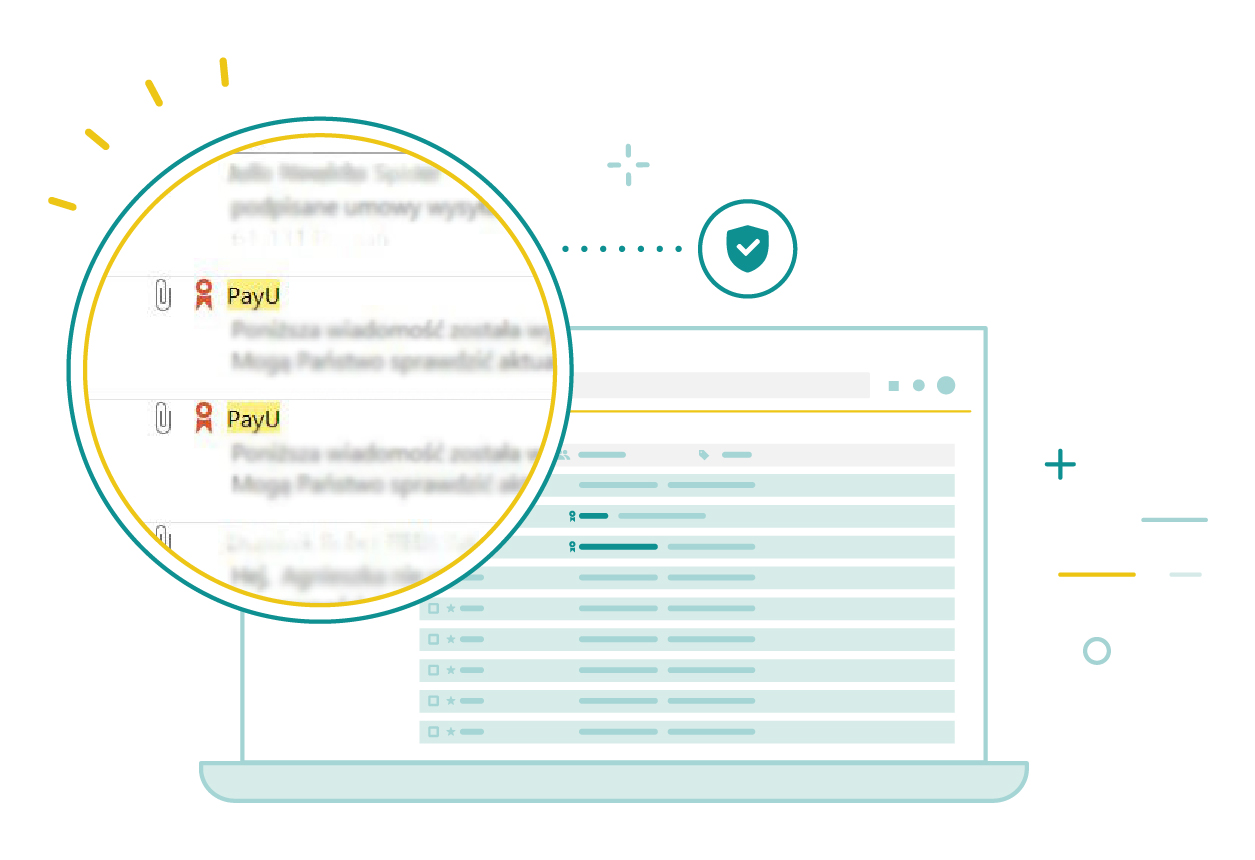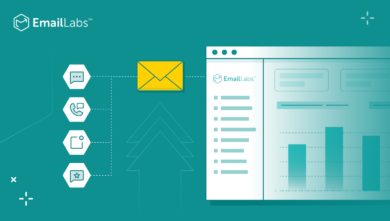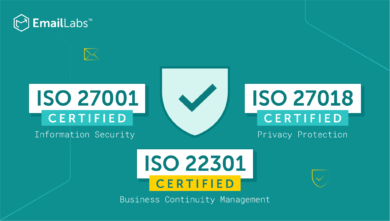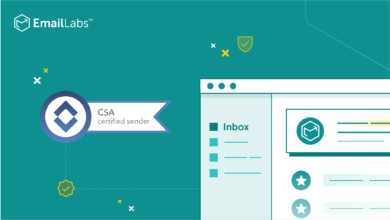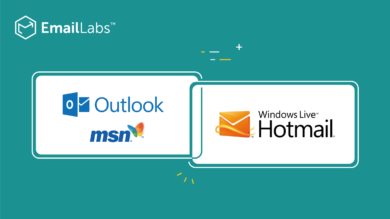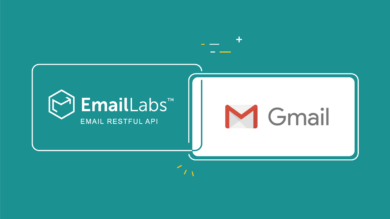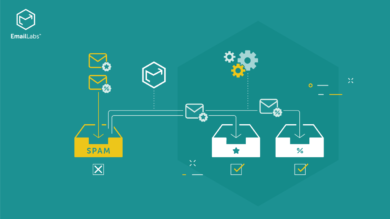The proper configuration of SPF, DKIM and DMARC has a significant impact on email deliverability especially to global mailboxes (Gmail, Yahoo, Microsoft). These providers attach a great importance to the safety of their users, giving additional score for messages that come from a well-secured domain.
In EmailLabs SPF is enabled by default and it cannot be turned off. We recommend you add the appropriate entry in the TXT type in DNS.
Caution!
To properly set up SPF, add the following entry to the TXT record in DNS settings:
include:_spf.emaillabs.net.pl
Your server settings:
To properly configure DKIM on your custom domain, publish the following record in your DNS settings:
emaillabs._domainkey.domena.pl. CNAME emaillabs._domainkey.emaillabs.net.pl.
where domain.pl is your own domain name.
Some mailbox providers require addresses “emaillabs._domainkey.domena.pl.” and “emaillabs._domainkey.emaillabs.net.pl.” were added without a period at the end of the records.
EmailLabs Panel settings:
In the “your domain” field, enter a domain from which emails will be sent. However, when messages are sent from a larger number of addresses, select the option: ” Dynamic from “FROM” field” then a domain name will be automatically assigned to the sender who performs email sending.
To increase the efficiency of the authorization by external servers, it is recommended to enter the domain yourself in the “your domain” field.
Remember: Make sure you have assigned correct text encoding – base64 or quoted-printable (utf-8 encoding and the same email encoding in 7bit usually makes it difficult to correctly implement the DKIM protocol)
For help contact our Customer Service Support. Start a live chat, which you will find in the bottom right corner of the screen at http://www.email-labs.local/.
In the case of the CloudFlare sub-processor: we use the WAF service (Web Application Firewall), under which we are provided with Data Localisation Suite (“DLS”), as well as EU Metadata Boundary. DLS is a guarantee that all data processed as part of the service remains within the EEA, while the EU Customer Metadata Boundary option gives us a guarantee that data will not be transferred outside the EU.
All information available to CloudFlare is of an analytical nature only, and all communications transmitted within the CloudFlare service are fully encrypted and can only be accessed by CloudFlare. The purpose of using WAF is to protect our platform as much as possible. Read more about WAF: https://www.cloudflare.com/waf/
